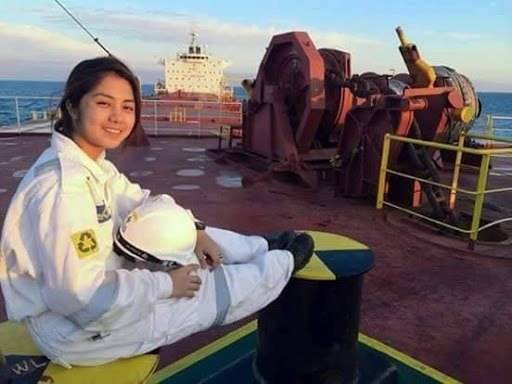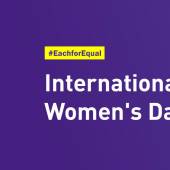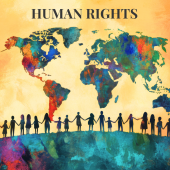Gender inequality in the Maritime World

International Maritime Organization (IMO) sets International Day for Women in Maritime to be celebrated on May 18 each year. It is to maintain sustainable female employment in maritime work. It is meant to uplift the profile of women and support IMO’s commitment to United Nations Sustainable Development Goal 5 (gender equality).
Nowadays, the most effective way to raise the societies, working groups, companies, and countries will be by investing in women. The more gender equality is the better growth of the countries’ economies.
IMO Secretary-General Kitack Lim said, “By actively empowering women with the requisite skills, maintaining a barrier-free working environment, we create truly sustainable systems of gender equality.”
IMO introduced women into the maritime industry in 1988 with a focus on Women In Development.
IMO reported that only 2% of 1.6 million seafarers of the world are women. This shows that there is a great gender gap in the maritime world.
There are some challenges and deterrence for the women to work in the maritime industry. These challenges lead to result the great gender gap among the seafarers.
The challenges of women on the ships are mostly the same but a little different depending on their vessels.
One of the challenges for women is to work in the male predominant workplace. It is a barrier for women to work on the ships and leads to a great loss of experts and skillful persons.
Sexual harassment can occur anytime and anywhere whether on board or land. It can be due to the subordinate position of the women and they dare not report fearing that there is no one to help them on board.
One woman bluntly told, “I am alone in the world of men so anything can happen out at sea where I cannot shout for help.”
Women crews are the minority on the cargo ships and downplay women to prevent sexual harassment. One woman shares that she shaved her hair so that the male might not interested in her femininity.
To prevent sexual harassment, some naval companies have anti-harassment policies with a focus on rejecting molestation. If these policies can be taught in Company training and curriculum, it would be more effective.
The females in senior positions on the Cargo ships are questioned about their abilities and competence by the male subordinate workers. They need to prove their competency in their work while the male is not asked to do so.
The port chaplain in Wales, United Kingdom, Revd. Mark Lawson Jones narrated, “Of course, each woman captain I’ve spoken to tell me a story of needing to prove themselves constantly when their male counterparts don’t need to do so.”
Female officers may face disobedience by male crews because many males have problems accepting the orders from a female.
The other challenge for female maritime workers is health issues such as nutrition, mental health, gynecological complaints, and back pain.
According to International Seafarers’ Welfare and Assistance Network (ISWAN) report, 80% of women seafarers on superyachts suffer stress from work, 75% of them need mental health, and 48% of them express a lack of spiritual and religious needs.
Another problem is the access to sanitary products for women, especially on cargo ships.
Age limit in the application can be one of the barriers for women seafarers. Women seafarers: Global Employment Policies and Practices by ILO mentioned, “For some agents in the Philippines, for example, the age limit for men to be employed on cruise ships is 40, while for women it is 29.”
Female crews are difficult to work with after childbirth. Short contracts could be a suitable solution for the welfare of the seafarers though it might have more work for the maritime companies and agencies.
Some organizations are trying to help seafarers with their difficulties and challenges. Maritime welfare agencies such as Women’s International Shipping & Trading Association (WISTA) and Women Offshore are trying to help the seafarers with the active physical online rooms for sharing their feelings and getting solutions to common challenges.
If the challenges and barriers for women seafarers can be reduced, gender equality in the maritime industry will be increased.
Radio Veritas Asia (RVA), a media platform of the Catholic Church, aims to share Christ. RVA started in 1969 as a continental Catholic radio station to serve Asian countries in their respective local language, thus earning the tag “the Voice of Asian Christianity.” Responding to the emerging context, RVA embraced media platforms to connect with the global Asian audience via its 21 language websites and various social media platforms.














